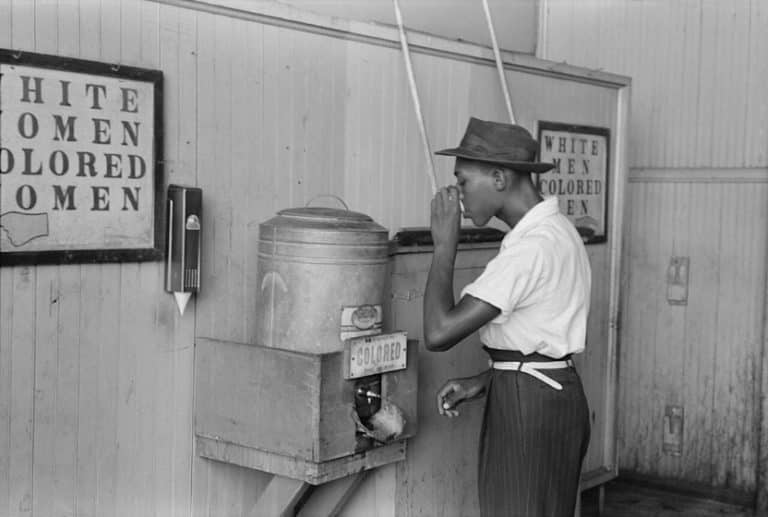This week, the Justice Department lifted a school desegregation order in Louisiana. After the lift became public, state officials called its existence a “historical wrong” and called for other orders dating back to the Civil Rights Movement to be lifted as well. The end of the decades-long agreement with Plaquemines Parish schools was announced on Tuesday. Assistant Attorney General Harmeet Dhillon says the lift shows the Trump administration is refocused on America’s “bright future.”
Pres. Harry Truman Made the First Order
Desegregation took years to happen, especially in highly resistant states. Some states resisted until the very end. Before the courts got involved in integration, desegregation was an executive focus. The wheels did not officially start turning until a president got involved. President Harry Truman issued an executive order to integrate military forces after WWII back in 1948. It took nearly three years for the army to carry out that order.
When we think of segregation, it is schools we think of first. The courts spent a lot of time discussing opinions on school desegregation. At one point, the Court defended Congress in its ability to draft legislation that allowed blacks to integrate with whites when it came to employment. The courts also supported Congress in the prevention of racial discrimination in restaurants.
The court would also rule that states could no longer prohibit interracial relationships. The importance of the Supreme Court’s willingness to uphold and protect civil rights for blacks cannot be denied.
School Desegregation Order Lifted
Today, officials within the Justice Department who were appointed by Trump have openly expressed their desire to withdraw from other school desegregation orders. Officials say it is an unnecessary burden on the school system.
There are dozens of school systems in the south still under court-enforced orders that work toward integration decades after racial segregation in education was struck down by the Supreme Court. Officials in Louisiana have made it clear that they see the orders as old relics that need to be erased.
In the 1960s, the Justice Department opened several cases after Congress gave the Justice Department the go-ahead to go after schools that resisted desegregation. The orders can only be lifted when districts have proven they have done away with segregation and its legacy.
Louisiana May Just Be The First
The Trump administration has called the Plaquemines case a clear example of administrative neglect. “Given that this case has been stayed for a half-century with zero action by the court, the parties, or any third party, the parties are satisfied that the United States’ claims have been fully resolved,” a joint filing from the Justice Department and the office of Louisiana Attorney General Liz Murrill reads.
Louisiana “got its act together decades ago,” said Leo Terrell of the Civil Rights Division at the Justice Department, in a statement. He added that the dismissal has corrected a historical wrong, adding it’s “past time to acknowledge how far we have come.”
Civil Rights Leaders Disagree
However, civil rights activists say it’s the wrong move. Johnathan Smith of the Justice Department’s Civil Rights Division says just because it wasn’t enforced recently does not mean the issue is solved.
“It probably means the opposite — that the school district remains segregated. And in fact, most of these districts are now more segregated today than they were in 1954,” Smith said. There are over 130 school systems under the Justice Department’s school desegregation orders. The majority of the schools are located in Alabama, Georgia, and Mississippi. There are smaller numbers located in the states of Florida, Louisiana, and South Carolina.








